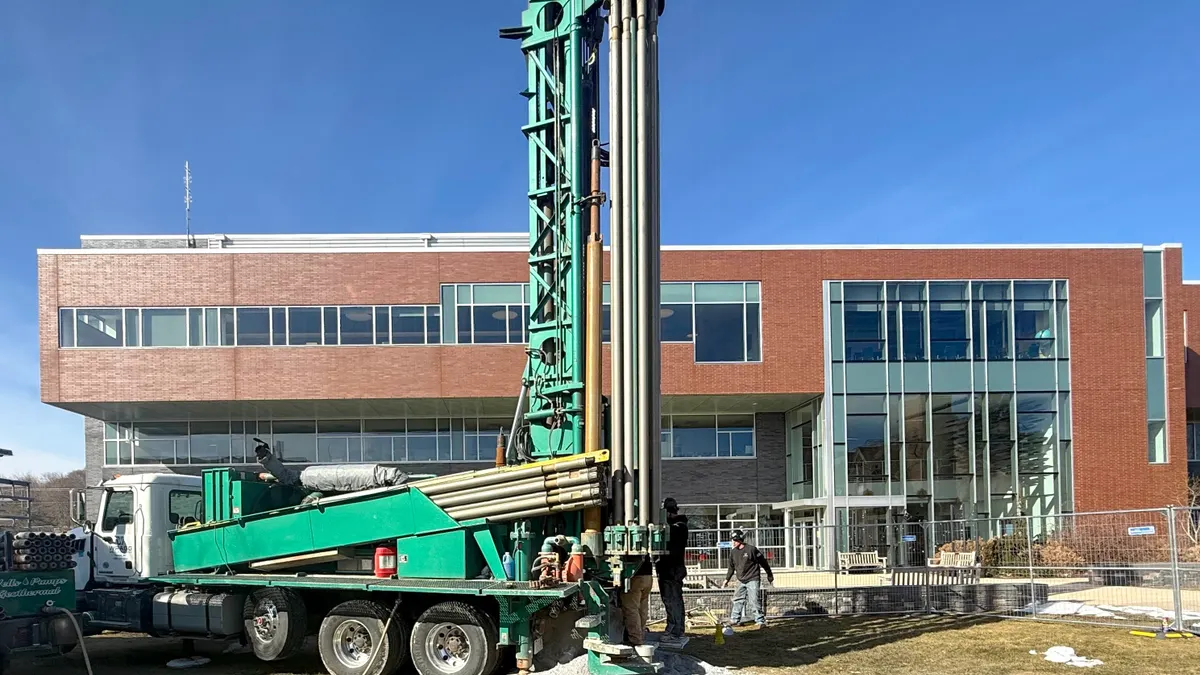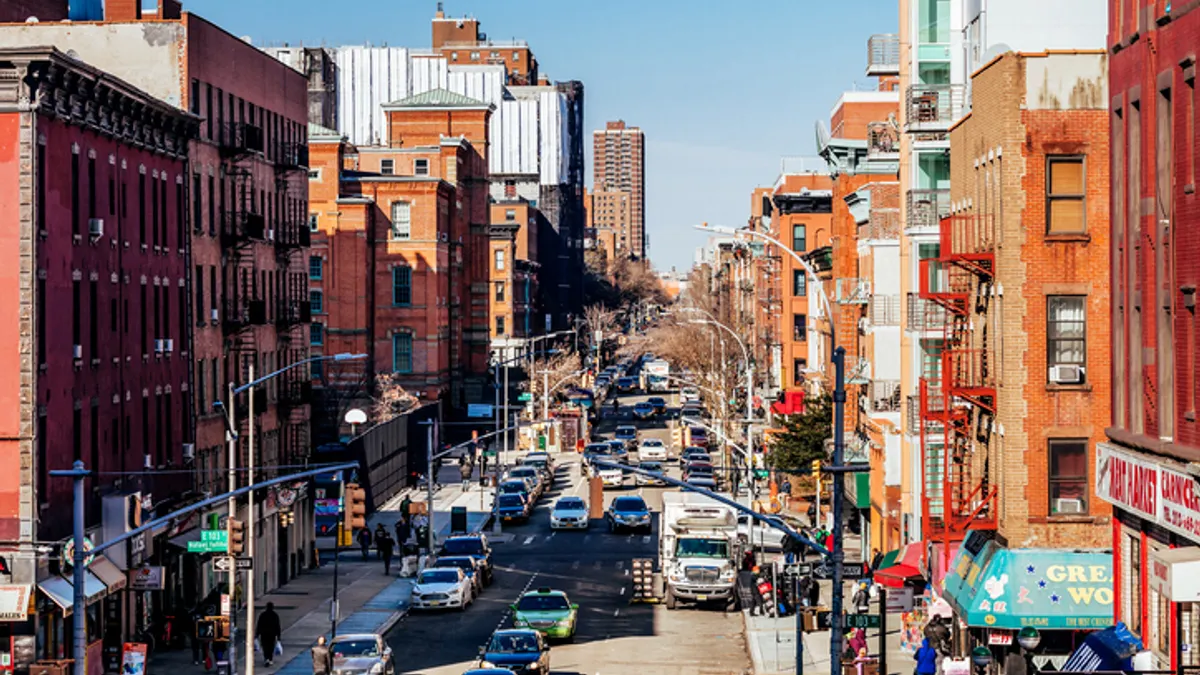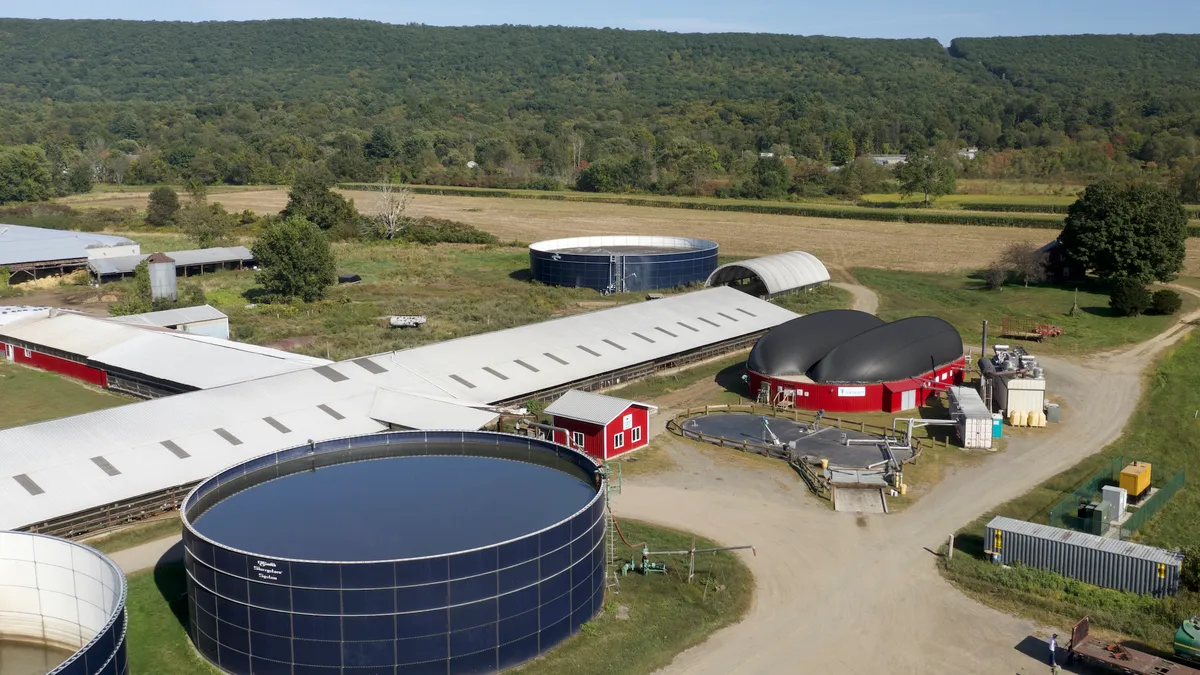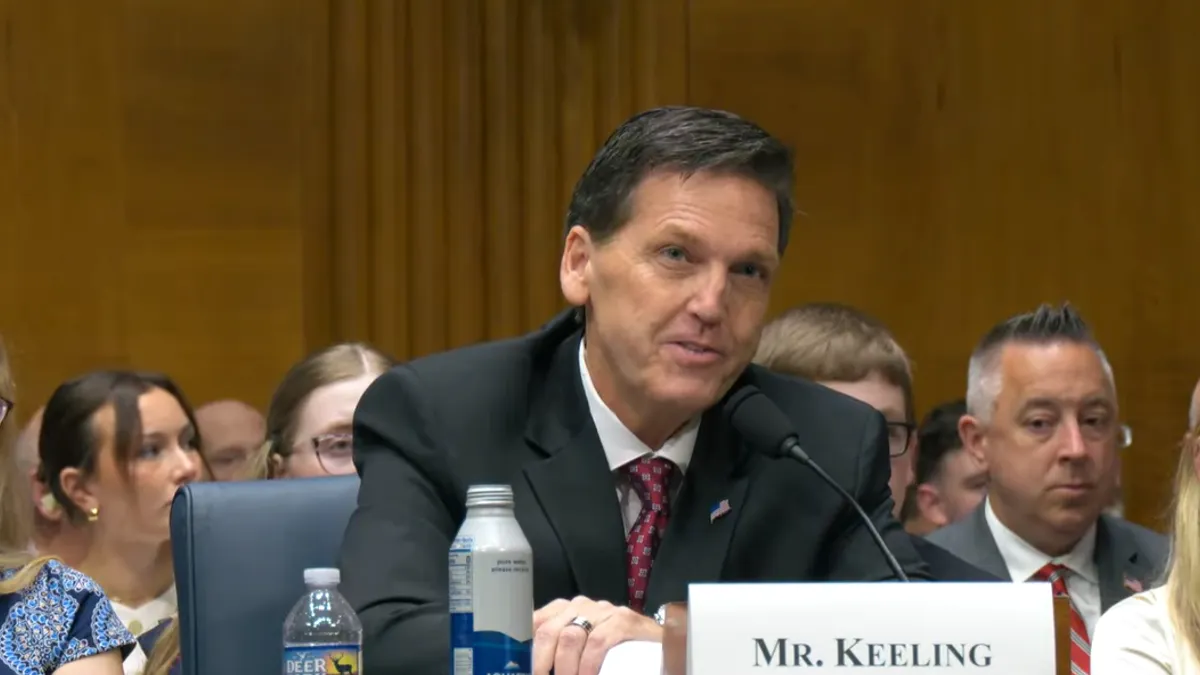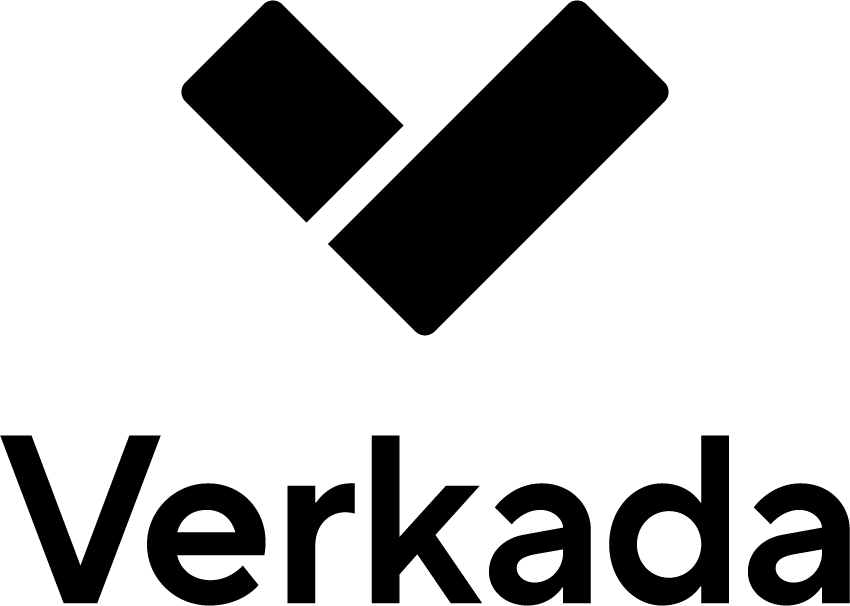Owners face a heightened risk of lawsuits over the accessibility of their buildings should the U.S. Department of Energy rescind its Section 504 accessibility rule, as it says it plans to do, a legal specialist says.
Building owners have accessibility obligations under the Americans with Disabilities Act, and those obligations don’t go away no matter what DOE does, Claudia Center, legal director at the Disability Rights Education and Defense Fund, told Facilities Dive
What changes if DOE follows through with its plan to rescind its Section 504 accessibility rule on September 12, as it announced in May, is owners’ risk of getting sued if someone feels their buildings aren’t adequately accessible.
“The fact that you follow the access guidelines doesn't help you,” Center said. “So, it upsets the apple cart of how we all think these things should work.”
In its unexpected May announcement, DOE said it was issuing a direct final rule to rescind its accessibility rule under Section 504 of the Rehabilitation Act. That rule requires any building owner that receives DOE money for energy efficiency upgrades or other purposes as part of a renovation or new construction project to meet accessibility requirements under a set of 1980s-era standards called the Uniform Federal Accessibility Standards, or UFAS. With the rule rescission, DOE will no longer tie its funds to recipients meeting minimal access requirements.
“DOE finds these … provisions unnecessary and unduly burdensome,” the agency said in the preamble to its rule rescission.
The risk for building owners stems from the agency severing the link between its funds and the need to meet minimal accessibility standards.
“How it works right now, with all the regulations, is that if you follow the [UFAS] access guidelines for new construction or alterations, you have a safe harbor,” Center said. “The courts will look at that and say, ‘OK, you did enough to make your building accessible because you followed the access guidelines for your new construction or alteration.’ If the DOE deletes that provision … it gets rid of the safe harbor. So theoretically someone could say, ‘Oh, you no longer have this safe harbor. I’m going to sue you because I think you should have made your building even more accessible than the access guidelines say.’”
Private commercial property owners whose buildings are strictly for work and not intended for public access face the fewest accessibility requirements. Under Title III of the ADA, if their existing building was never built to be accessible, owners don’t have to do anything to change that. That exemption goes away if they undertake a renovation, what the ADA calls an alteration.
If they do work that is considered an alteration, they must build accessibility into the project. That applies even if the owners use only private money for the work. If they add money from DOE or other federal agency, the accessibility requirement also applies, with guidance based on the UFAS standard.
The Section 504 rule, with its safe harbor, helps protect owners from legal liability for following UFAS and not the ADA standard, which is a newer and stronger standard. Without the rule, owners basing their work on the looser standards of UFAS could attract lawsuits.
If the project is considered maintenance and not an alteration, then the accessibility requirements under both the ADA and Section 504 don’t apply. For owners who are using DOE money to improve the energy efficiency of their buildings, which might include changes to the HVAC system, windows, lighting and the building envelope, whether the project is considered maintenance or an alteration will depend on the details of the work.
“The owner would have to look at what they’re doing and would have to say, ‘Does this count as an alteration or is this maintenance?’” Center said. “Different rules tell you whether it’s an alteration or mere maintenance.”
Private commercial property owners whose buildings are intended for public access face the same risk, but unlike private buildings not intended for the public, their buildings must meet minimal ADA accessibility requirements even if they’re an existing building that was never built with accessibility in mind.
Bottom line: Private commercial property owners that tap DOE funds for energy efficiency or some other purpose that’s considered an alteration and not maintenance will still need to meet accessibility requirements under the ADA should the Section 504 rule go away in September as DOE intends. But they could be more vulnerable to lawsuits because a legal safe harbor that protects them for basing their accessibility work on the weaker UFAS guidelines goes away with the rule.




